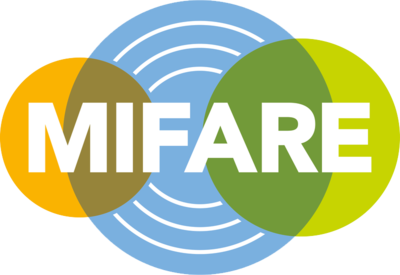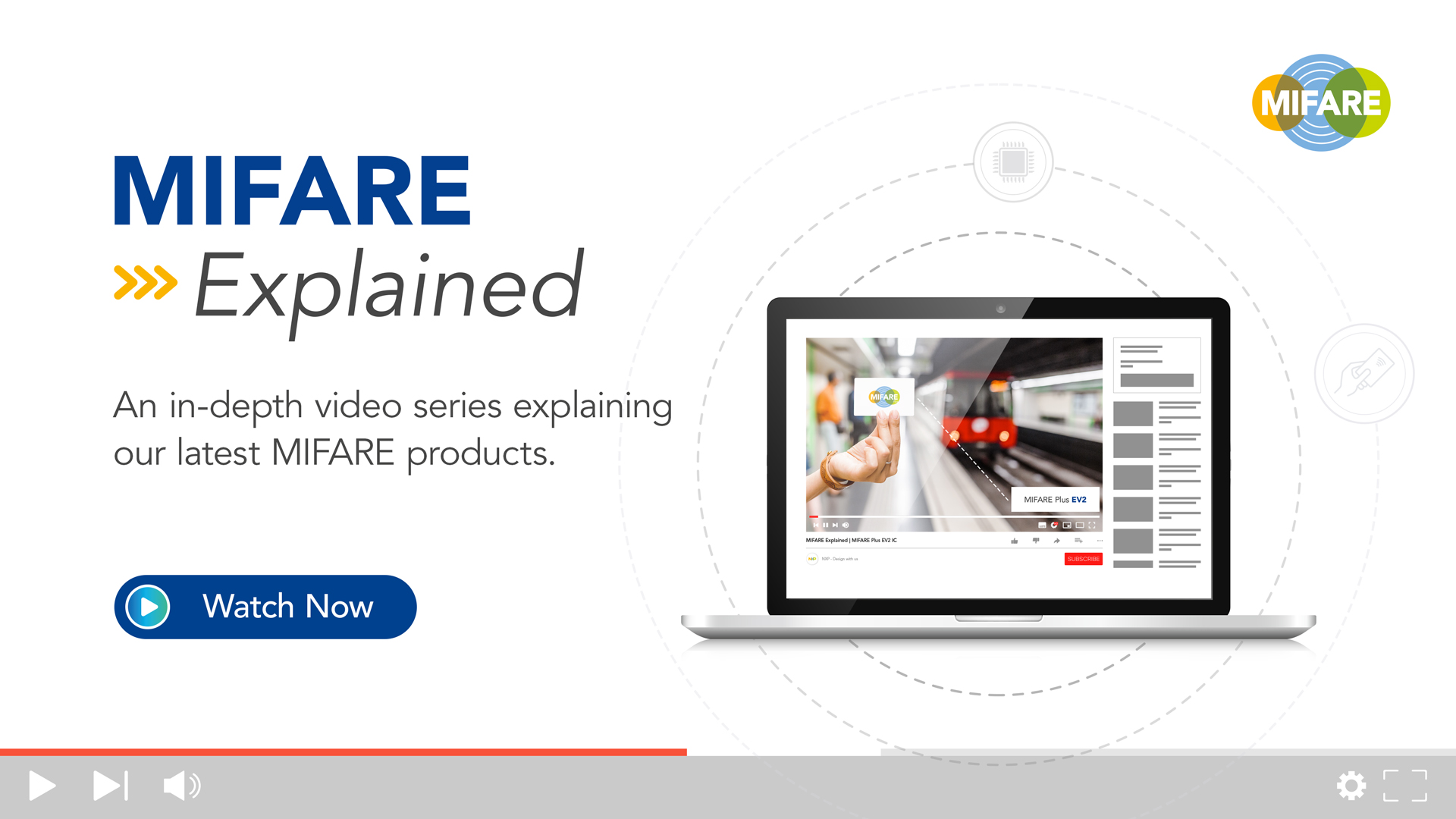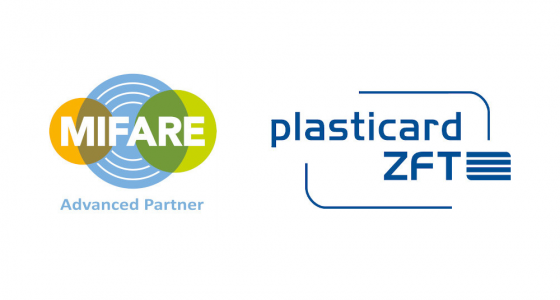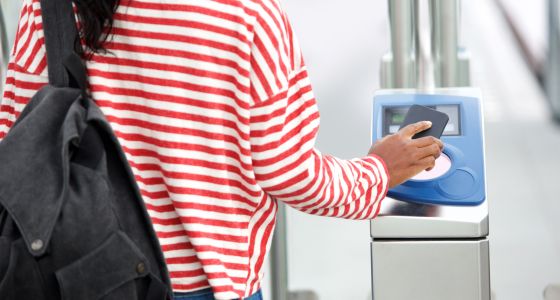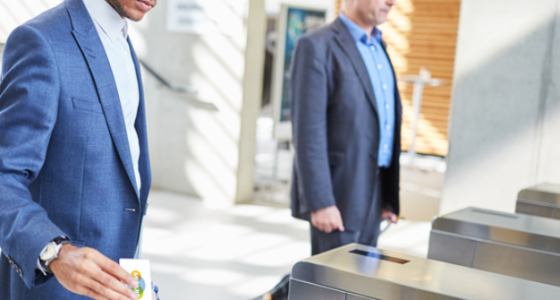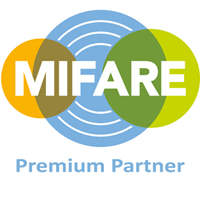The evolution of Smart Cities is, in many ways, directly tied to the evolution of MIFARE®, NXP‘s brand for contactless solutions. First deployed in 1994, MIFARE ICs were originally developed for automated fare collection in public transport, but that was just the beginning. Since then, MIFARE enables contactless transit, payment, and access experiences for citizens, independent of location and time.

Go Mobile with MIFARE 2GO
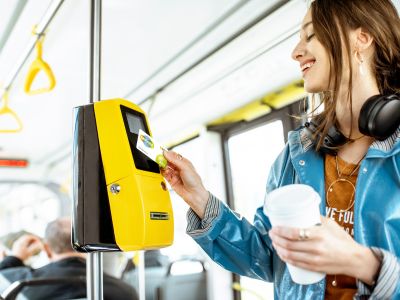
Discover the New MIFARE Ultralight AES for Enhanced Security
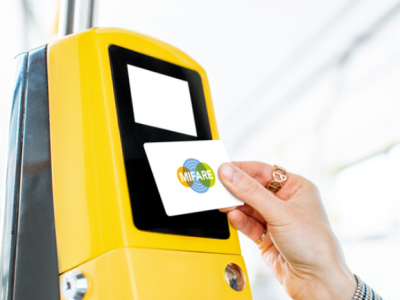
Learn More about Our MIFARE DESFire EV3 IC
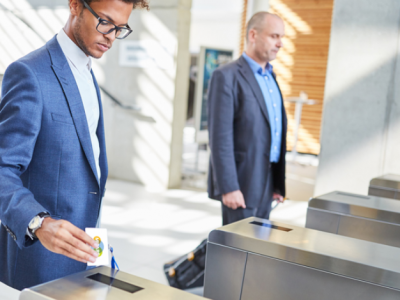
Say Hello to Our MIFARE Plus EV2 IC!
MIFARE Explained I Training Videos
Learn more about the key features of our latest MIFARE DESFire EV3 and MIFARE Plus EV2 ICs in our training videos.
Download the training presentations here.
Why MIFARE?
Part of MIFARE’s appeal is that it offers something for everyone. Government agencies, businesses, and service operators use it to lower costs, add flexibility, increase control, and deliver better consumer interactions. At the same time, MIFARE products help citizens feel safe and secure, and contribute to sustainable prosperity.
By supporting true multi-application functionality, mobile formats, and offering certified Common Criteria security, MIFARE ICs combine convenience with efficiency. Choosing MIFARE products means choosing a solution that is already available in a widespread infrastructure, and that means reduced startup costs and greater scalability. MIFARE ICs can interact with Near Field Communication (NFC), and communicating through NFC means that MIFARE products can also be managed and implemented via NFC-enabled mobile devices, such as smartphones, watches, and more.
MIFARE at a Glance
- Powering services in over 750 cities
- Approximately 1.2 billion people have access to MIFARE
- Over 12 billion ICs shipped up to date
- More than 1,000 partners within the MIFARE community
Designed to Work on Your Form Factor of Choice
Contactless MIFARE chips are so tiny, they can be housed almost anywhere, whether it’s mobile phones, wearables, smart cards, paper tickets, or more.

